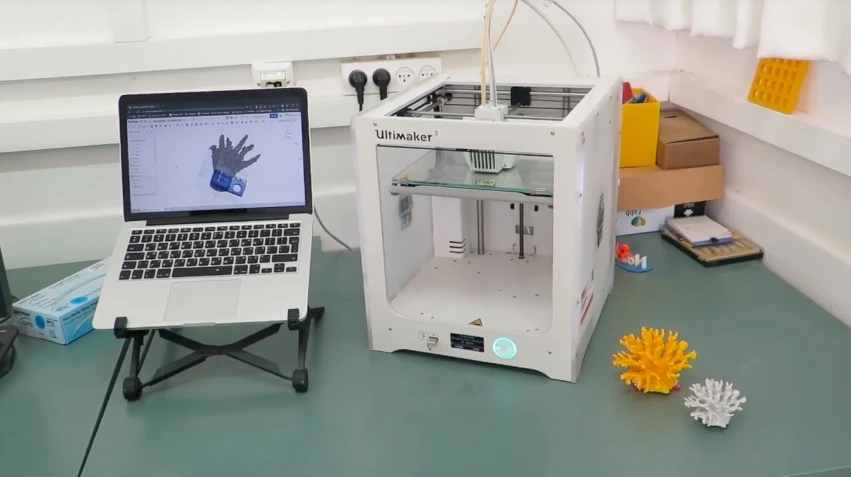So, it's come to this … the world's coral reefs are in so much trouble, scientists are actually looking into replacing the dead and crumbling coral heads with plastic replicas. The sort-of good news is, some fish seem to prefer them to the genuine article.
The artificial coral was created via a collaboration between teams at Israel's Ben-Gurion University of the Negev (led by Prof. Nadav Shashar) and the Technion Institute of Technology (led by Prof. Ezri Tarazi). Earlier this year, the latter conducted experiments with a 3D-printed ceramic coral substitute.
For the current project, the researchers started by performing 3D scans of real coral heads. They then used the resulting computer models to 3D-print physical replicas out of a bioplastic, which will biodegrade when it eventually breaks down in the ocean. The replicas were made in a variety of sizes, shapes and colors.

Next, the bioplastic corals were placed on a reef along the northeastern coast of the Red Sea. Over the following several months, Ben-Gurion marine biologists performed repeated dives on the reef, tracking how many fish (and which types) were inhabiting which coral models. It was found that not only did the fish readily accept the artificial corals overall, but some species even appeared to prefer them to nearby living corals – but only if the fake coral's color caught their eye.
"We were surprised to discover that color mattered," says Shashar. "Humans don’t take into account the outside colors of a house when deciding to buy one, perhaps because they can repaint it. Fish, on the other hand, indicated that the color of their potential new home was a make or break factor. Fish species that can see colors showed a clear preference for colored shelters over dull ones."
The scientists are now planning on creating an entire 3D-printed bioplastic coral reef. You can see them at work, in the video below.
And this isn't the first time that plastic has been enlisted to address the coral crisis. A couple of years ago, we heard how researchers from the University of Portsmouth had developed fronds of artificial coralline algae, upon which live coral-forming algae could grow.
Source: American Associates, Ben-Gurion University of the Negev




